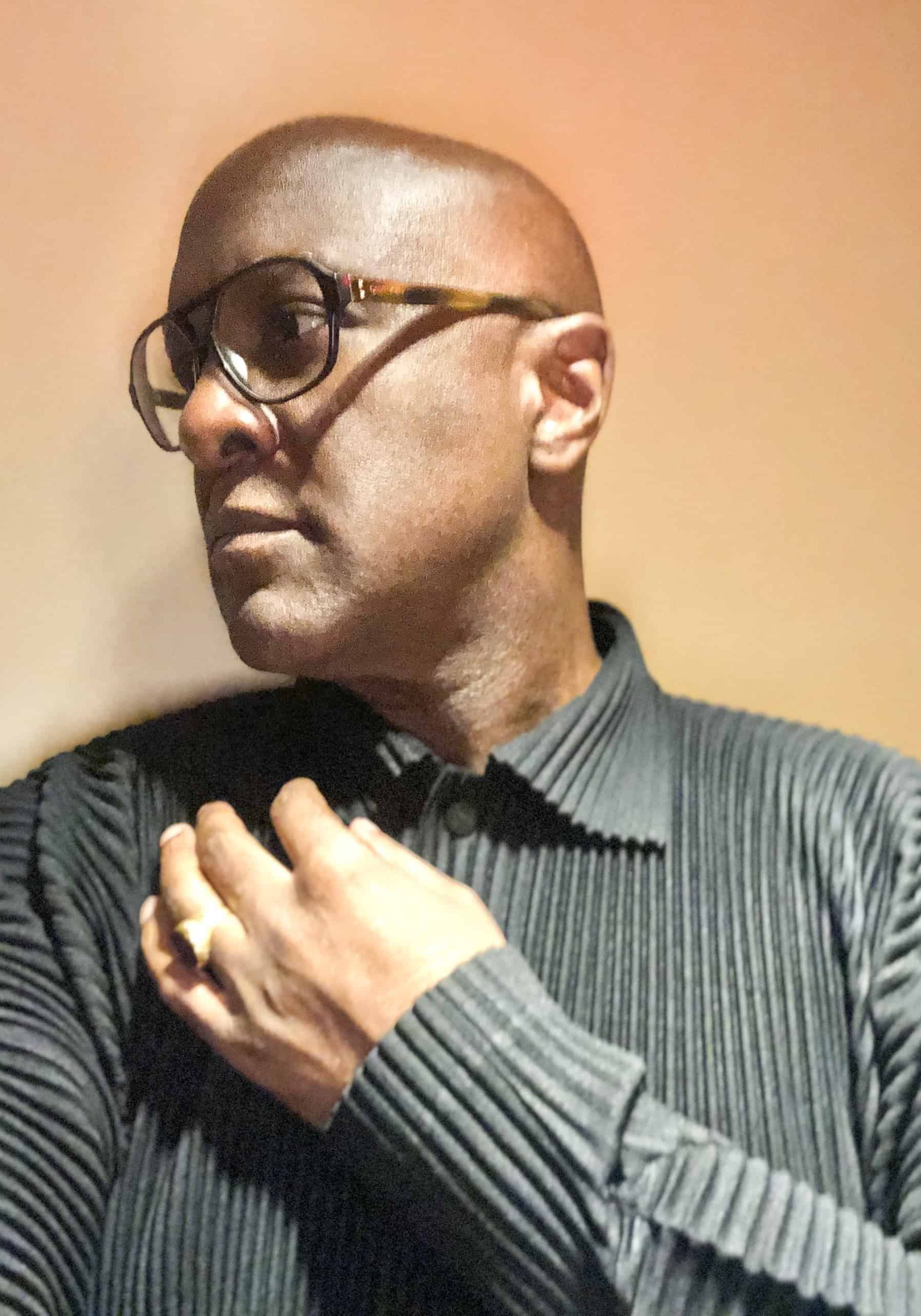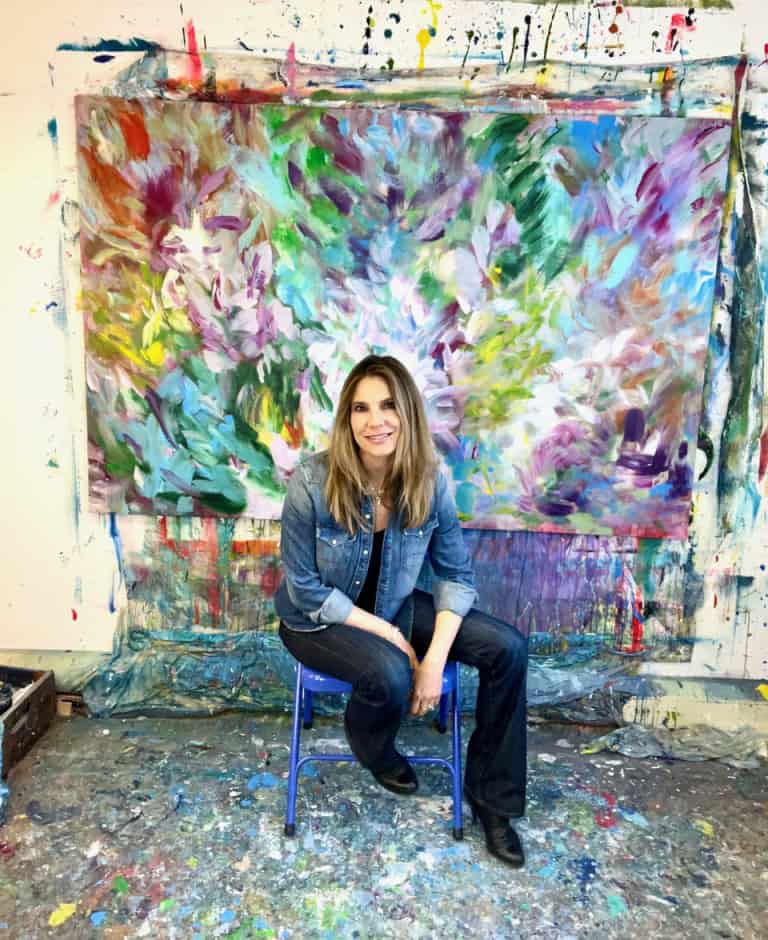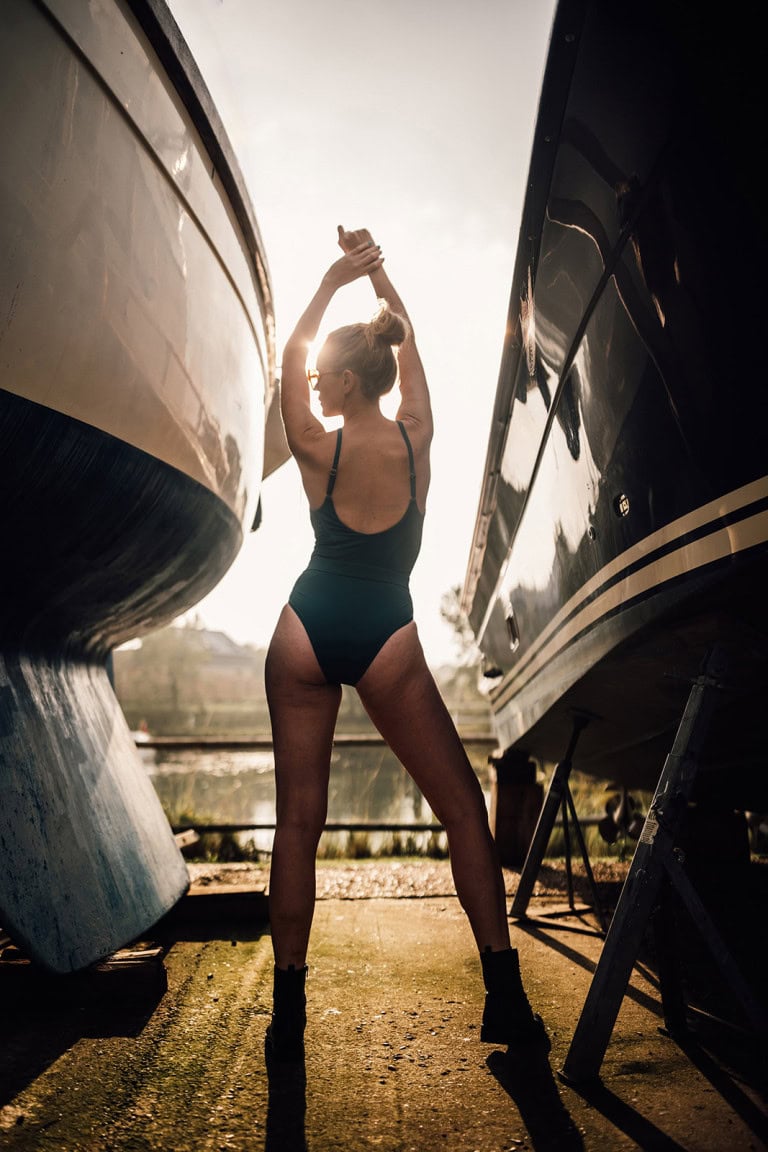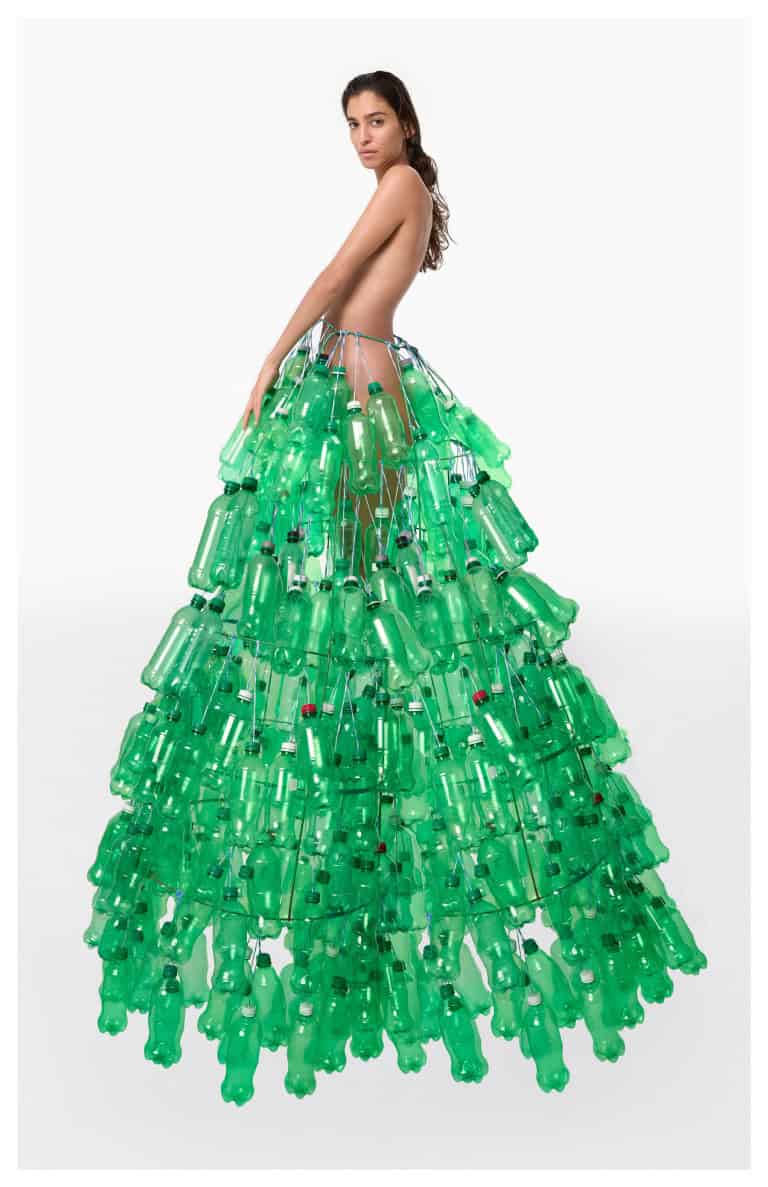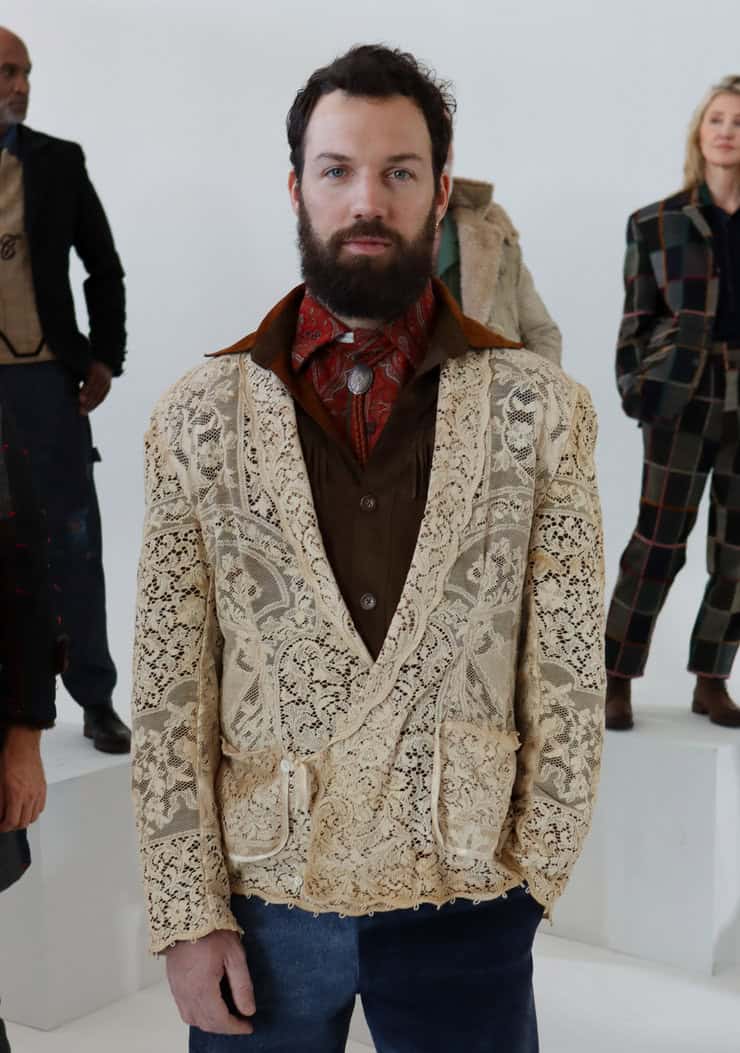
The Quiet Ascent of Men’s Lace
The popular costume dramas on streaming services are beautiful, soapy tales transporting the viewer through multi-cultural, reinterpretations of nineteenth-century society and life.These are tales of aspiration in status, birth right fashion and Men’s lace.
Currently, the most watched are from the late Georgian era associated with the origins of Romantics. The re-visitation of Jane Austen’s unfinished manuscript is now an epic British series Sanditon about the rise and ambitions of leisure society at the seaside. Julia Quinn’s novels interpreting the origins of Queen Charlotte’s balls, love of cutting gossip and romance are the backbone of Bridgerton. These dramatizations have shed light on numerous silhouettes of historic-like dress. To a greater extent, the late Georgian era is not the only revival tale of ascension. HBO sweeps viewers on a second bustle period tour, of Jean Philippe Worth-like couture of a nouveau-riche American client’s tastes and struggles during late Victorian period. The Gilded Age is a look into New York’s families of means in both Black and White enclaves in Brooklyn and Manhattan. In spite of all the drama, questionable stemware and sumptuous women’s fashion, all of these hypnotic, binge worthy dramas seem to have a solid grasp of nineteenth-century men’s fashion.
The early eras of the male renunciation of frivolity, frills and lace begin at the edge of the terror filled,seventeen-nineties. What emerges is a new tailoring sensibility of arched collars, cylinder bodies and stovepipe hats, ushering in the beginning of the nineteenth century. The textile look was muted and understated, they are silhouettes for the new citizens of democracy, advancing through romanticism to industry. Its the period of male fashion establishing the sartorial vocabulary of self-control and control of situation. The restrained civility reflecting the standards of the ‘English-ness of English dress’ a phrase coined by fashion historian Dr. Christopher Breward- Director of The National Galleries of Scotland. It’s interesting viewing these statements against the current expanding expressions in men’s fashion. There is a fearless re-awaking and re-visiting of long ago abandoned textiles, silhouettes, embroideries and notably lace fabrication.
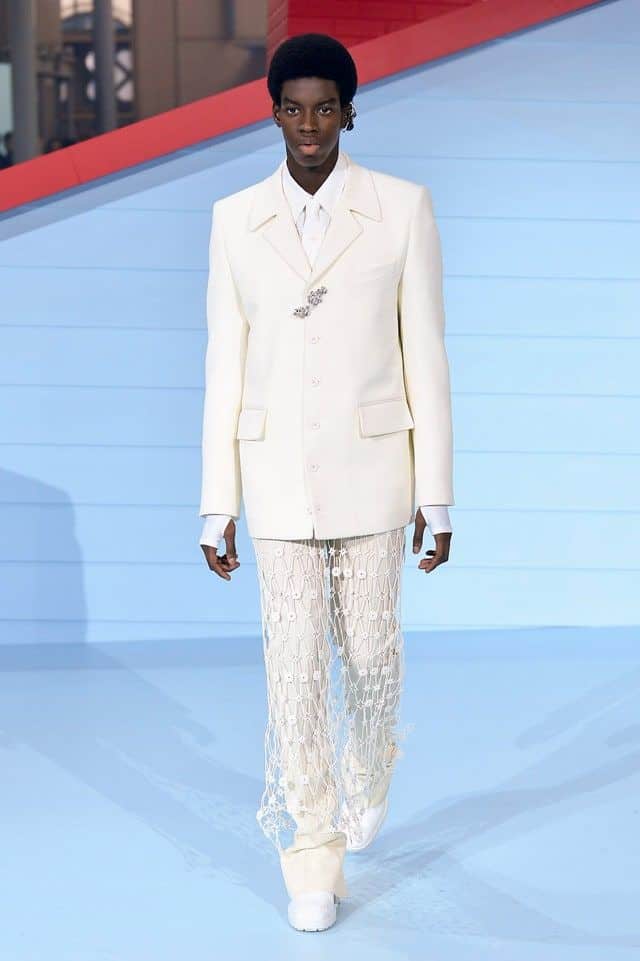
The rise of lace in men’s fashion is more than a trend. Lace is a steadily growing interest, from antique to new fabrications. It can bring balance and unexpected movement too layers and monochromatic looks. The current versions have no requirements to dress like Prince, Adam Ant, Austin Powers or even James Bond in On Her Majesty’s Secret Service. At the core of the discussion around the ascendancy of the textile, is that designers are showing off their skills in tailoring in challenging and difficult to manage fabrications. The creative directors are aligning themselves with artisans, redefining ‘making’ in men’s fashion which is currently changing and advancing into new territory.
Yes, the lace effect can look shrouded and have the feel of old curtains and a touch of Goth. However, to new generations of men’s fashion enthusiasts it’s yet another textile to wear, claim and work. Some of the reclaiming has been spotted in recent high profile shows, such as ‘Louis Dreamhouse’ the late Virgil Abloh’s last collection for Louis Vuitton shown in Paris. Notably, the past few season’s lace has made an impact on the runway and at retail levels in Kim Jones’s Dior men’s collections also shown during Paris men’s collections.
Adding even more thread to this needle, is fashion’s current obsession with handcraft and artisanal techniques. This cottage and individualist mindset is pushing elements of high-end men’s fashion to run alongside haute couture with highly expressive and unique details. KA WA KEY Spring/Summer 2022 in London also had a dream narrative based on Butterfly Lovers’ one of the great Chinese folktales. In this instance an entire unstructured tailored look evoking a cocoon draped against the body was particularly captivating.
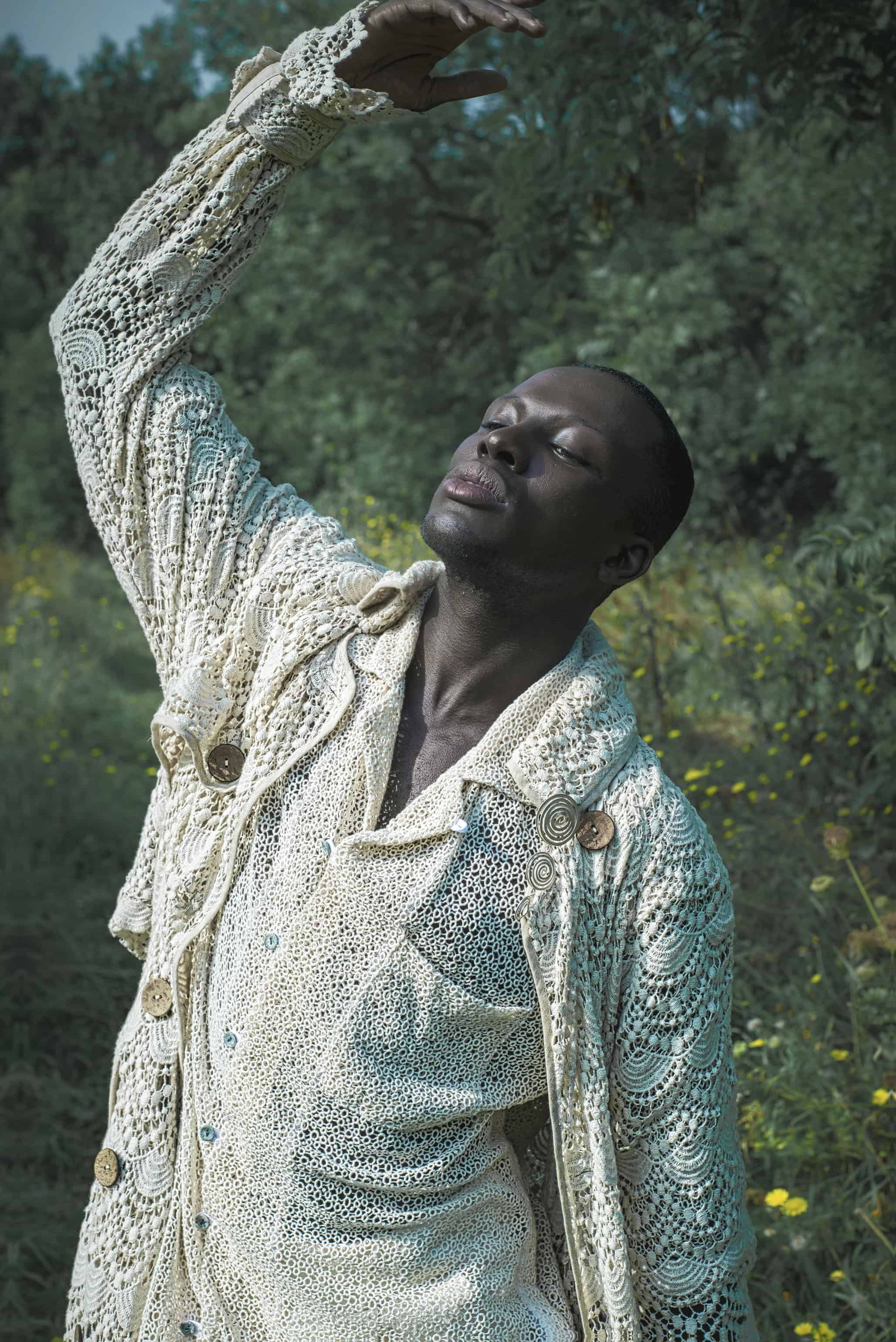
The awakening factor in post pandemic collections with links to cobwebs and sleepwear is not a reach. Lace can be performative, a place of experimentation and demonstration of various techniques displaying complex patterns and three-dimensional decorative forms.
Current cultural inroads around identity have also given lace leeway providing inclusive selections for editorial, visual merchandising and young stylist. Brand identity ‘name lace’ such as what Kim Jones created at Dior men’s in 2019 based on an archival print from the house has had a strong run in baseball hats, shoes and tops, an indication that lace is an item based addition to an extensive and fashionably conscious wardrobe.
Lace is moving forward for Fall 2022 in the re-imagined collection offering of STAN by Tristen Detwiler. He is a West Coast based designer who shows in New York during fashion week. His collections in the past have been met with a great deal of comparison to others and questions, such as is vintage Americana fashion? His Fall 2022 offering was strong and a deeper exploration into his love of antique, re-purposed, one of a kind fabrications. The antique shawl collar lace jacket was beautifully tailored and a striking top layer against brush earth toned fabrications.
Presently, lace for men machine made or handmade is a luxury status statement, unique and strikingly expensive. This fact has not changed for men since the last time they truly wore lace during the eighteenth century.
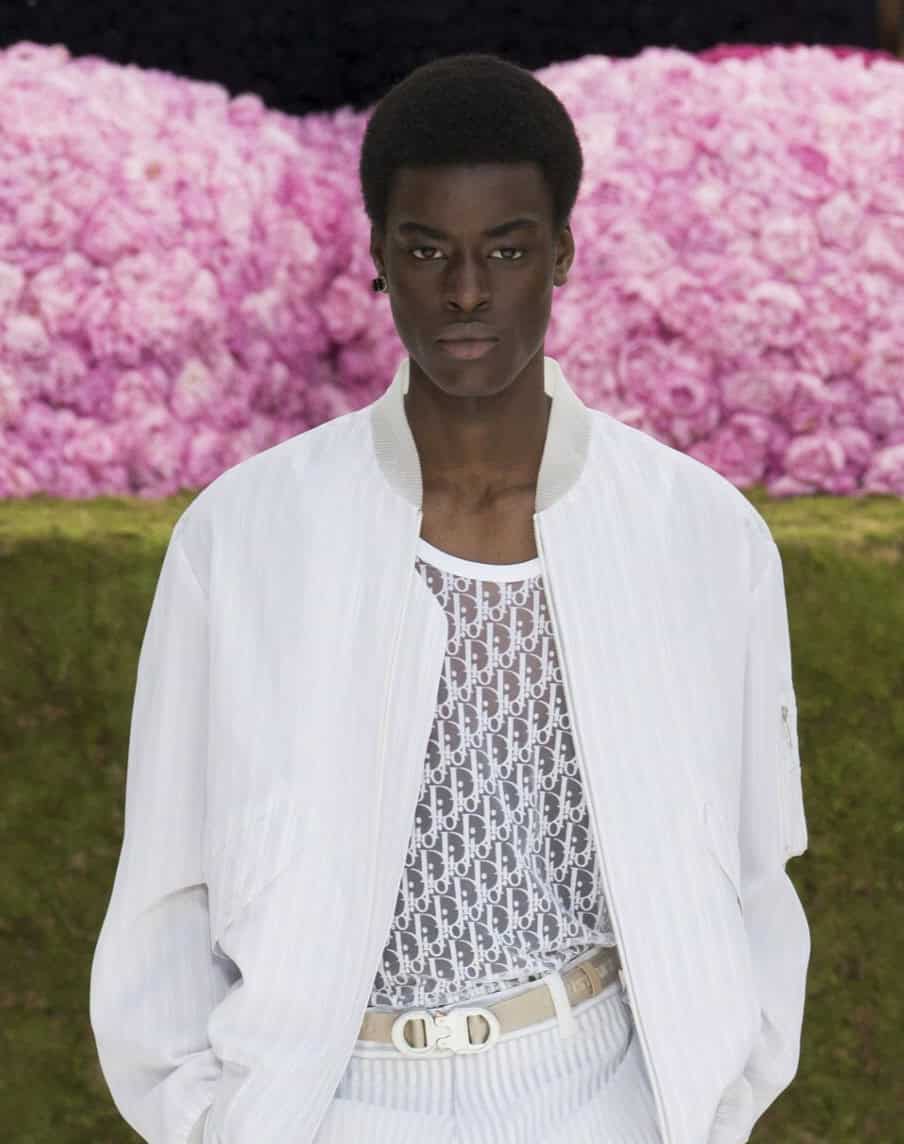
Share this post
Patrick Michael Hughes is a fashion and decorative arts historian. He writes about fashion culture past and present making connections to New York, London and Copenhagen's fashion weeks with an eye toward men's fashion. He joined IRK Magazine as a fashion men's editor during winter of 2017.
He is often cited as a historical source for numerous pieces appearing in the Wall Street Journal, The New York Times, CNN, LVMH, Conde Nast, Highsnobiety and others. His fashion career includes years as a fashion reporter/producer of branded content for the New York local news in the hyper digital sector. Patrick's love of travel and terrain enabled him to becoming an experienced cross-country equestrian intensively riding in a number of locations in South America Scandinavia,The United Kingdom and Germany. However, he is not currently riding, but rather speaking internationally to designers, product development teams, marketing teams and ascending designers in the US, Europe and China.
Following his BA in the History of Art from Manhattanville College in Purchase, New York he later completed graduate studios in exhibition design in New York. it was with the nudge and a conversation in regard to a design assignment interviewing Richard Martin curator of the Costume Institute at the Metropolitan Museum of Art he was encouraged to consider shifting his focus to the decorative arts with a concentration in fashion history and curation.
Patrick completed graduate studies 17th and 18th century French Royal interiors and decoration and 18th century French fashion culture at Musée Les Arts Decoratifs-Musée de Louvre in Paris. Upon his return to New York along with other classes and independent studies in American fashion he earned his MA in the History of Decorative Arts and Design from the Parsons/Cooper Hewitt Design Museum program in New York. His final specialist focus was in 19th century English fashion and interiors with distinction in 20th century American fashion history and design.
Currently, he is an Associate Teaching Professor at Parsons School of Design leading fashion history lecture-studios within the School of Art and Design History and Theory,
Read Next

